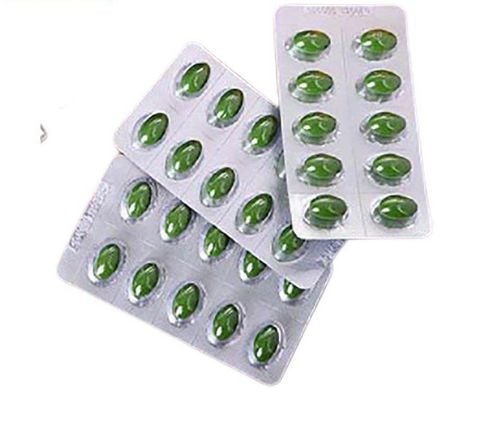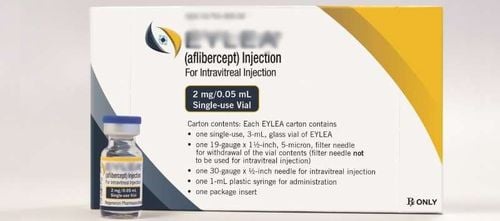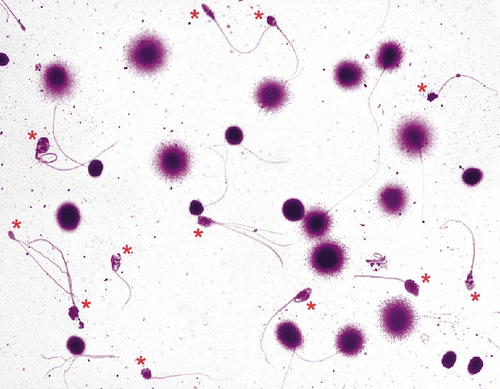This is an automatically translated article.
The article was professionally consulted with Specialist Doctor II Nguyen Thai Hung - Department of Medical Examination & Internal Medicine - Vinmec Danang International General Hospital.The vitreous retina is two of the important parts of the human eye. The retina and vitreous have different characteristics that ensure separate functions. Retinal and vitreous lesions such as retinal detachment are fairly common abnormalities that require prompt diagnosis and treatment.
1. Retina and some retinal lesions
The retina is a thin, transparent, light-sensitive structure located at the back of the eye. The cornea and lens focus light onto the retina. At the retina, light is converted into nerve signals and sent these signals to the brain for visual recognition. Basically, the retina processes an image from a focused beam of light, and the brain is the organ that decides what that image is.The central area of the retina, called the macula, contains a high density of color-sensitive (light-sensing) photoreceptors. These cells, called cones, produce the sharpest visual images and are responsible for central and color vision. The peripheral area of the retina, which surrounds the macula, contains light-sensitive cells called rods, which respond to lower light intensities but are not sensitive to color. They are responsible for peripheral vision and night vision.
The retina is located near the optic nerve. The retina processes the information gathered by the photoreceptors and sends this information to the brain via the optic nerve. The optic nerve and retina are profusely supplied with blood by a rich vascular system. Part of this blood vessel supply comes from the choroid, which is the layer of blood vessels that lies between the retina and the outer white layer of the eye called the sclera. The central retinal artery (the retina's other major blood source) reaches the retina near the optic nerve and then branches out into the retina. Blood flows from the retina into the branches of the central retinal vein. The central retinal vein exits the eye in the optic nerve.
When examining a person's retina, a doctor will put drops in the eye to dilate the pupil. This allows the retina to be seen in much greater detail by ophthalmoscopy (which shines light through a magnifying lens into the back of the eye).
Because of the important role the retina plays in vision, damage to the retina can cause permanent blindness. Conditions such as retinal detachment, in which the retina is abnormally separated from its normal position, can prevent the retina from receiving or processing light. This prevents the brain from receiving information, thus leading to blindness. Retinal disorders are usually diagnosed and treated by an ophthalmologist. An ophthalmologist is a medical doctor who specializes in the evaluation and treatment of all types of eye disorders.
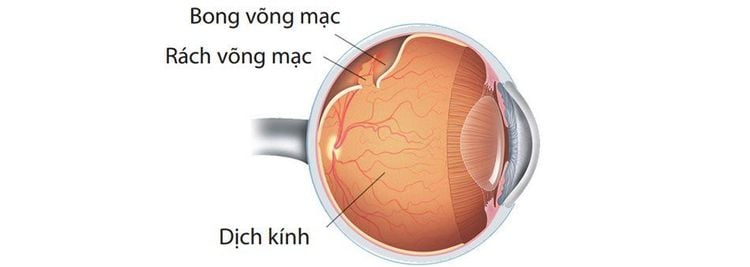
2. What is glass translation?
The vitreous, also known as the vitreous body, is the part of the human eye that fills the empty space in the center of the eye. It is the largest structure inside the eye, however our knowledge of the molecular composition, supramolecular organization and physiology of the vitreous is probably still limited compared to any other organ. any other of the eye.When we are young, vitreous is mainly a liquid gel. As we age and the eyes become nearsighted, this gel will gradually become more liquid. Recent research has suggested many similarities between the vitreous and the joints in our bodies (vitreous vitreous is similar to synovial fluid), which promises an opportunity to advance our understanding of this unique gel. this by learning more about joints in the body.
The back of the vitreous is adjacent to the retina and is attached to the retina at specific points. The retina is the light-receiving tissue inside the eye. The vitreous and retinal are most tightly adhered to the “vitreous base”. It is located in the most anterior part of the retina, i.e. the area immediately behind the iris. In most cases, the retina and vitreous do not separate even after posterior vitreous detachment (PVD). Here, a retinal tear can sometimes occur, leading to retinal detachment and blindness.
The main function of the vitreous is to keep the center of the eye transparent so that light can reach the retina and begin to have vision. The gel and its liquid allow oxygen and nutrients to flow from the front of the eye to the back of the eye. In adolescence, vitreous is a shock absorber during eye movements, head movements and strenuous activities of the body. It is also rich in antioxidants that help protect different parts of the eye. Today, vitreous is also seen as a reservoir for drugs that we inject into the eye to treat various diseases related to the macula and retina. For example, ophthalmologists often inject anti-VEGF and various steroids to treat macular degeneration or diabetic retinopathy in some patients.
In the advanced stages of diabetic retinopathy, blood can bleed into the vitreous causing vision loss due to physically obstructed light and irritation of the retina. A more common complication of diabetic retinopathy, known as macular edema, is also vitreous-related. In a patient with diabetic retinopathy, normal retinal vessels tend to leak over time. This leak can build up in the macula causing mild to severe vision loss.
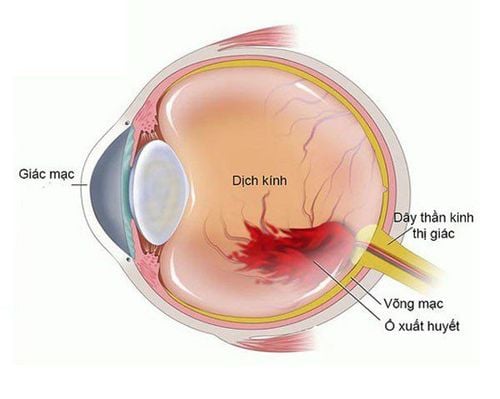
Eye Specialist - Vinmec International General Hospital always receives and handles patients who are having eye problems. With a system of modern equipment and a team of experienced doctors, they will directly examine and advise on the best treatment for the current condition. All procedures are carried out in a methodical and intensive manner, so customers can be assured of medical services at Vinmec.
Please dial HOTLINE for more information or register for an appointment HERE. Download MyVinmec app to make appointments faster and to manage your bookings easily.







